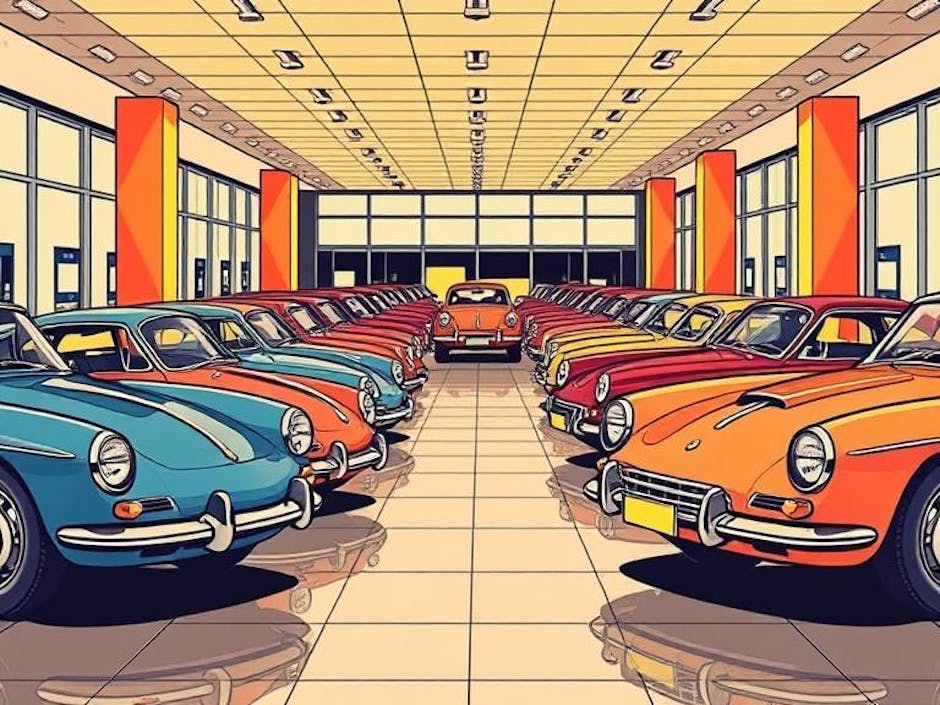Jess Aylett, head of UK and international sales at GumGum, explores the key car purchasing trends we’re seeing on the internet and how auto marketers can use these insights to deliver smarter digital campaigns

Today’s auto market is an incredibly competitive space, with a plethora of brands and car models vying for our attention. This competition is intensifying, particularly with the growth of electric vehicles and new players like Chinese automakers and tech companies entering the market.
That’s why it’s so essential that auto brands utilize all of the data signals at their fingertips to ensure their digital campaigns reach and engage the right customers and cut through their competition.
Chief among those signals is the rich data that we can draw from contextual analysis of the open web. The vast number of premium articles and videos across the internet is a treasure trove of insights that marketers can use to understand important cultural themes and conversations around different consumer verticals and how brands can leverage them to deliver more effective campaigns.
GumGum’s contextual data engine, the Mindset Graph, is the ideal tool for conducting this type of analysis. We put it to the test to understand the key open web trends that are defining today’s auto market. Here’s what we uncovered:
1 – The new car buyer continues to be older
On average, new car buyers tend to be older and wealthier consumers, a trend that is backed by Mindset Graph analysis. As we go up through age groups in increments (18-24, 25-34, etc), GumGum found the propensity of those audiences browsing auto content increases by roughly 37% at each stage. That tells us the open web remains a vital research tool for older consumers; auto brands will be missing out if they fail to leverage this as part of their audience targeting and media strategies.
2 – Technology drives interest and engagement in the car buying process
To effectively engage with potential new car buyers on the open web, auto brands need to factor in the different types of content these audiences are engaging with, beyond the obvious segments. When we look at automotive content, we see a huge crossover with computing, robotics, and artificial intelligence. This reveals that technology is increasingly becoming one of the main points of interest and differentiation between auto brands. Marketers should think about how they can reach these specific types of content in their contextual targeting to connect with audiences across their wider online journey and more consistently build brand awareness.
3 – But consumers do risk being disrupted in their buying journey
The content synergies we see within auto also point to how easily consumers can be disrupted in their buying journey, with GumGum’s analysis finding synergies across travel, smartphones, consumer electronics, and shopping content. It’s one thing to convince people to buy your car brand, but first you have to convince them that a car is the right major purchase for them to make, in a challenging consumer economy.
Auto marketers have to keep this in mind and consider placing their ads within these content segments in order to pull easily swayed customers back into their orbit.
4 – Consumers prefer to browse luxury and performance for inspiration
When we aggregate car brands together and see where they appear in the open web, GumGum found luxury cars, performance cars, and SUVs are three of the top categories. Luxury and premium signals draw people into the category, even if they don’t end up buying those specific products. Brands have used this strategy effectively for years: Audi put the R8 supercar at the heart of its comms, creating halo appeal that lifted the entire range. More recently, Jaguar teased its ultra-luxury EV concept to build buzz and desirability ahead of a full launch.
What we see is that consumers respond to it; luxury has magnetism. It shapes perception, sparks aspiration, and drives broader brand consideration. It’s this kind of content that auto brands should battle to be around on the open web.
5 – GumGum helps advertisers by focusing on attention
Another key point auto marketers need to consider is the digital environments where their ads will garner the highest consumer attention. Again, these might not be within the content segments many marketers expect. Analysis by the Mindset Graph showed auto brands get excess attention in environments like video gaming, food and drink, home and garden, and television. This means a diversified contextual targeting strategy is essential to help advertisers cut through the noise and capture more consumer attention.



